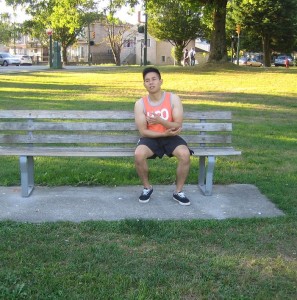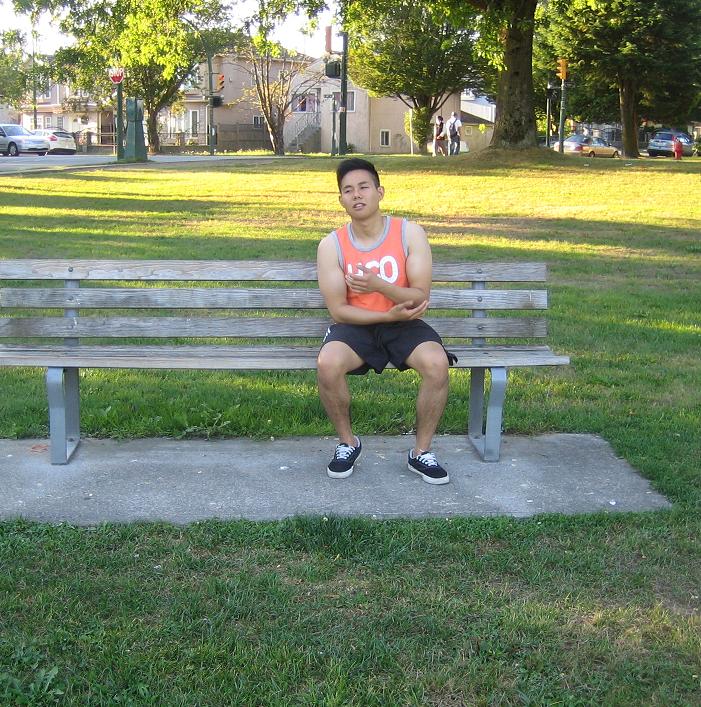Arthritis is a condition that causes damage to the normal joint surface. These junctions have specialized surfaces to enable smooth movement. It is important to note that the smooth surface is cartilage and once it is damaged, arthritis results.
2 forms of arthritis affecting the fingers
Osteoarthritis
This is called as the wear-and-tear arthritis and the most common form of finger arthritis. The normal cartilage gradually wears out which exposes the bare bone at the joints. The typically affected joints in the hand include the knuckles of the middle finger and fingertip as well as the joint at the base of the thumb.
Rheumatoid arthritis
This form of arthritis causes a different type of joint destruction. Rheumatoid arthritis is a systemic disease that can trigger various issues including inflammation of the soft tissues surrounding the joints. The knuckles at the base of the fingers are usually affected.

What are the indications of finger arthritis?
- Swelling
- Joint pain
- Loss of motion
- Stiffness or rigidity
Individuals who have osteoarthritis often end up with lumps or nodules around the knuckles of the fingers. These lumps are called as Heberden’s nodes or Bouchard’s nodes and actually comprised of bone spurs around the joints. The knuckles usually become enlarged, stiff and swollen. The individual often complains that rings do not fit anymore or could not be removed.
Those who have rheumatoid arthritis often have the above-mentioned symptoms but can also end up with complicated deformities of the hands. The fingers might start to shift from the normal position and wander away from the thumb.
Management
Immediate treatment of finger arthritis is directed on managing the symptoms in an attempt to avoid surgery.
- Anti-inflammatory medications are utilized to manage the pain as well as reduce the swelling and inflammation around the joints
- Cortisone injections can be given which is a potent anti-inflammatory medication and highly effective in limited administration on the affected hand
- Joint supplements usually include chondroitin and glucosamine which are the main building blocks of normal cartilage
- Cold and heat application can be used to alleviate the stiffness or rigidity of the joint as well as improving the range of motion.
- Hand therapy is usually carried out by an occupational therapist which aims to maintain movement and prevents joint stiffness
- Splints can be used to relax and allow the joint to rest. This should be done for a limited period of time to provide relief without allowing the joint to turn rigid.
In case these measures fail, surgery is the last resort. Once the fingers are affected, various procedures might be performed including the removal of the bone spurs, fusion of the joint and replacement of the joint.
The commonly used surgery is the finger joint fusion. The procedure holds the joint in a fixed position to prevent unwanted movement at the affected joint. During the surgical procedure, the doctor can straighten out any deformity and eliminate any bone spurs.

